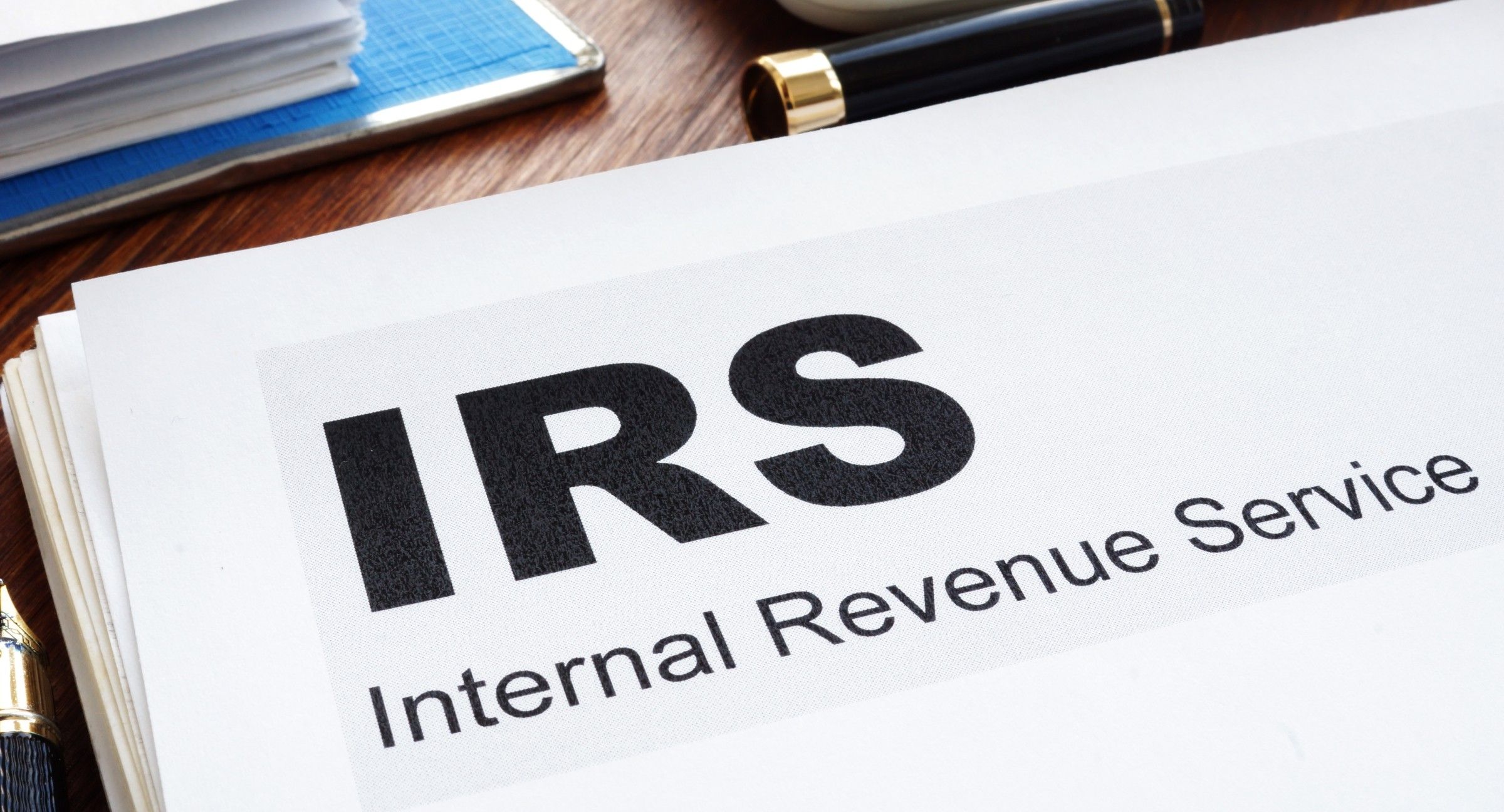Navigating the IRS Guidelines: Ensuring Best Practices in Cost Segregation Studies

A. Chris Ostler, CPA
March 10, 2024

What’s one of the best ways to maximize tax savings, particularly if you invest in real estate? Cost segregation studies. These studies can produce significant benefits, but only if you understand and meet all the rules and regulations set forth by the Internal Revenue Service.
If you’re wondering how to navigate the IRS guidelines, ensuring compliance with best practices in cost segregation studies to maximize tax savings, you’ve come to the right place.
The Benefits of Cost Segregation Studies
Let’s say you buy an investment property. You’re not simply buying the structure alone. Several elements are included in that structure, like plumbing fixtures, carpeting, and maybe even sidewalks or fencing. On their own, you could depreciate assets like those over five, seven, or 15 years. But because they’re bought together as part of the building acquisition, they’re typically written off over the useful life of the building, which is 39 years for commercial properties and 27.5 for rental properties.
A cost segregation study allows you to reclassify certain property assets and shorten the depreciation period of specific components. Shortening the depreciation period increases current depreciation expense, which reduces your taxable income and improves cash flow. This action frees up valuable investment and growth resources you otherwise may not have.
When done in accordance with all IRS best practices, you are sure to maximize your savings. For real estate investors, this makes a cost segregation study an important part of a tax planning strategy.
Important IRS Guidelines to Follow
Accurately Identifying Components
When navigating IRS guidelines for cost segregation studies, one of the most important considerations is accurately distinguishing between real and personal property. Real property – like the building structure itself – generally has a more extended depreciation period. Personal property, such as fixtures, may qualify for shorter depreciation periods.
Accurately identifying and segregating these assets is essential when complying with IRS best practices.
Thorough Documentation
The method used to document the cost segregation is also a critical aspect of adhering to IRS guidelines. A thorough analysis of the property, construction costs, reclassification of assets, and explanations for those reclassifications should all be included in the study. To ensure your documentation stands up to the scrutiny of the IRS, it’s best to work with an experienced professional well-versed in the documentation methodology the IRS requires.
Studies From Experts
Because cost segregation studies deal with assets and how they depreciate over time, cost segregation providers should employ all the best practices laid out by the IRS. That means only those with the proper experience and expertise should conduct a cost segregation study.
Cost segregation providers should have a thorough understanding of not just the property but the IRS regulations governing studies. Working with a qualified professional helps you meet IRS requirements while maximizing your tax benefits.
Pro Tip: Timing Is Everything
While a cost segregation study can be performed any time after the construction or acquisition of a property, conducting one shortly after acquiring it typically yields the most significant tax benefits. Why? It allows investors to capture any depreciation deductions from the start, which maximizes tax savings over time.
Leave Cost Segregation Studies to Our Veritax Advisors
Because significant tax benefits can come from a cost segregation study, the IRS has very specific rules governing them. Failure to comply with those rules can result in deductions that aren’t allowed, penalties, and even audits – all situations you want to avoid.
Maximize your tax benefits while complying with IRS best practices by working with experienced professionals. The team here at Veritax Advisors specializes in cost segregation studies; from accurately identifying components to impeccable documentation methodologies and working with expert personnel, we can help optimize your savings and improve cash flow. Get started with a cost segregation study today!

Tax Planning
The Federal-Level R&D Tax Credit Program remains a top priority on the Hill
Tax Planning
BREAKING: The IRS Issues New Administrative Authority Governing Cost Segregation Studies

Tax Planning
The IRS Issues New Administrative Authority Governing the I.R.C. § 179D deduction for Building Envelope Efficiency
Let’s Connect
Start by scheduling a meeting for a free consultation. Let’s talk about the specialty tax programs that can equate to significant savings.